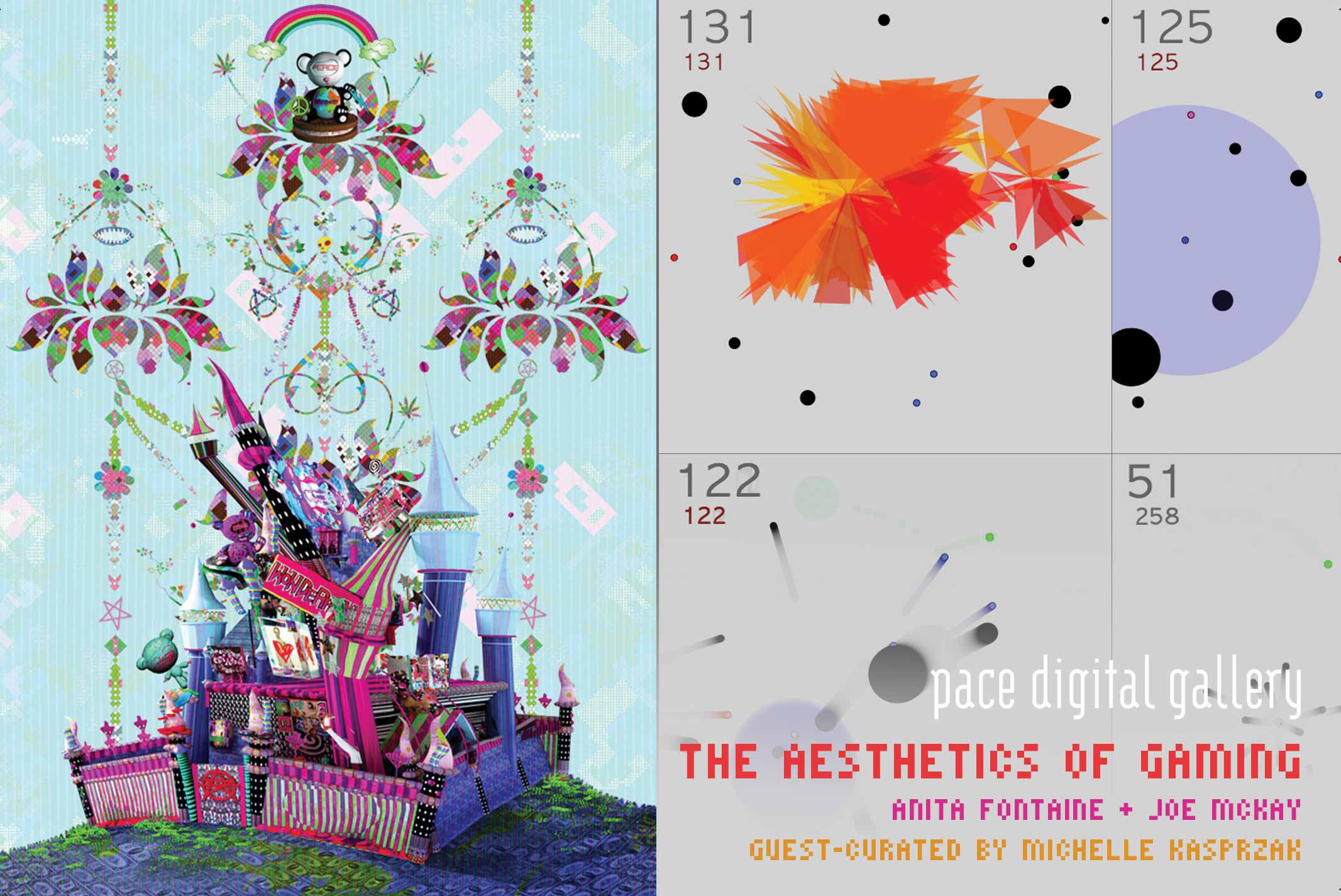
[NRS] # s.p.o.r.e.s_2 by Frederik de Wilde
BAM (Flemish Institute for visual, audiovisual, and media art) is an organisation based in Ghent that “provides information, and encourages development and networking” and “encourages collaboration and exchange between Flemish organisations and institutions abroad and tries to increase the interest in and knowledge of the Flemish art scene”. Their International Visitor’s Programme is a key component of their overall activities, with several invitations extended each year to foreign art professionals. I was fortunate enough to be invited and had a bespoke programme created for me that extended over four days and four cities in Flanders this February.
For the four days, Brussels was my base and I travelled throughout the region either by car with my gracious host, Nele Samyn from BAM, or I used the extensive Belgian train system. Nele was a great guide who designed a perfect programme for me, and answered all my general questions about the cultural situation in Flanders in between the scheduled meetings.
It’s going to sound like a bit of a cop out, but there were so many things that I saw and people that I spoke with that making a big list of it would be a bit meaningless. So I’ll just single out some highlights that are easy to summarise:
In terms of commiserating with colleagues, it was a great pleasure to meet Eva De Groote at Timelab, and see what’s cooking there with their lab and their artist in residence programme. It was inspiring to visit Netwerk, a terrific and fairly large centre for contemporary art in the fairly small town of Aalst (home to fewer than 80,000 people). I greatly enjoyed dining with artist Frederik de Wilde, hearing all about his fascinating work (and getting some free Dutch lessons on the side). Going to Argos resulted in a lovely chat with Paul Willemsen, then spending a solid hour in their galleries being blown away by “Sea of Tranquillity”, a piece by Hans Op de Beeck. I had a fabulous time at the Artefact festival in Leuven, especially the opening night and a group meal with several of the artists and festival curators. I had previously seen the work of Koen Vanmechelen in Den Haag, and I was very keen to meet him. Despite busy schedules all round we managed to meet for a great discussion over coffee in Leuven. BAM makes all your wishes come true!
I walked away from my brief visit to Flanders with a head full of artworks and a pocket full of business cards, but I also departed with a new conviction: that every country should have a programme such as this. This quick and intense introduction to the art scene in Flanders was invaluable to me as a curator. I saw dozens of artworks, attended a festival, viewed many individual shows, had studio visits with several artists, and met a number of fellow curators. It was a packed four days that I could never have organised on my own. I also now feel like I have a good grip on the aspects of the Flemish art scene that are relevant to me as a curator, something that can only be accomplished due to the bespoke nature of the programme. A generic version of this programme with a one-size-fits-all approach just wouldn’t work as well. I hope that BAM continues this programme long into the future, and that other places adopt their exemplary model.
Cross-posted to Curating.info.
* Couldn’t resist the Simpsons joke.

